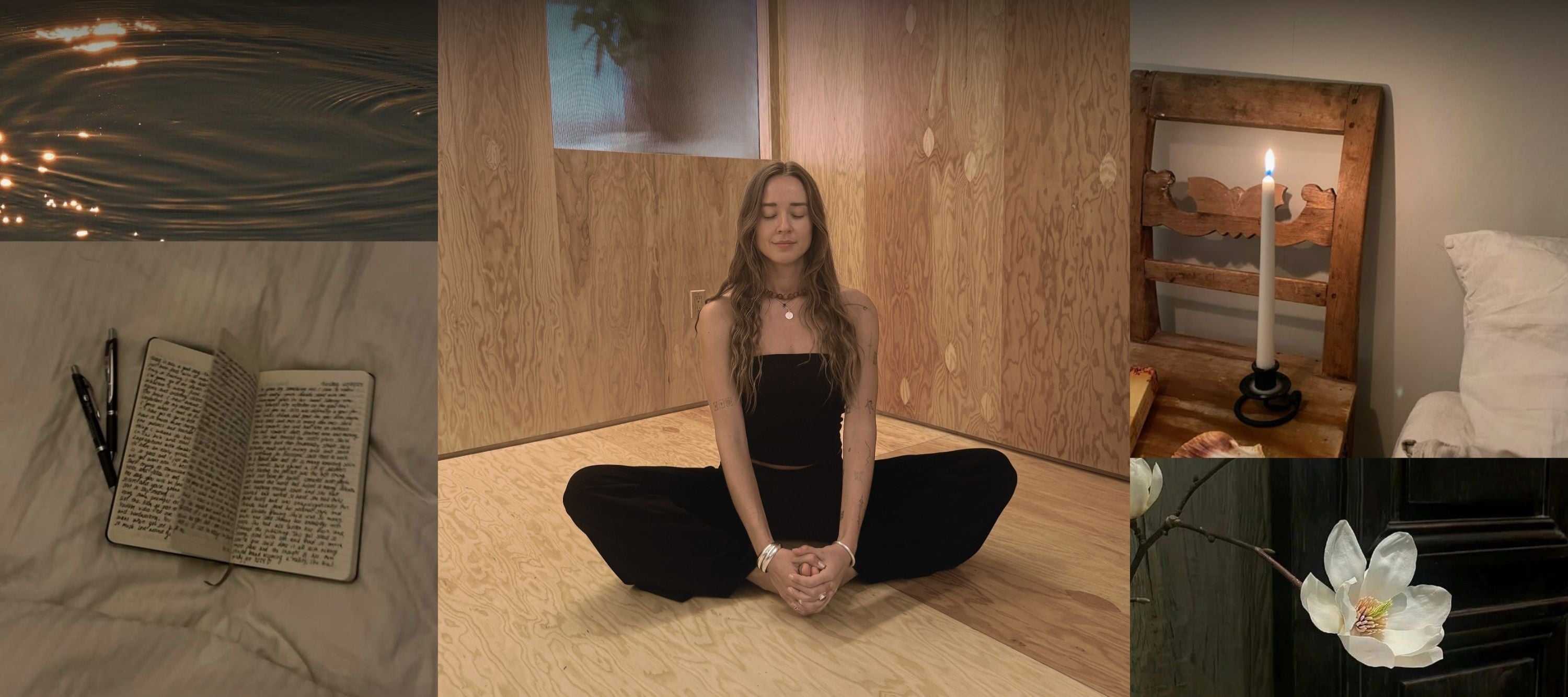
Downregulating the Nervous System: Coming Home to Calm
In today’s world of constant stimulation, it’s easy to find ourselves in a state of tension—rushing through tasks, juggling responsibilities, absorbing noise from screens, and rarely giving our bodies a moment to truly exhale. This is where downregulation comes in: a gentle process of guiding the nervous system out of survival mode and back into a state of safety, rest, and presence.
What Is Downregulation?
Down-regulation is the practice of intentionally calming the sympathetic nervous system (our “fight or flight” mode) and activating the parasympathetic nervous system—our body’s natural “rest and restore” state. It’s important to remember that being in a sympathetic state is not a bad thing – in fact it’s a healthy response to stress – but the problem is when we get stuck there for too long.
When we are able to down-regulate, our heart rate slows, our breath deepens, and our mind feels clearer. It’s the state where healing, digestion, connection, and creativity can flourish.
We don’t need to wait for burnout to begin tending to our nervous system. Even a few minutes a day of down-regulating practices can shift how we move through the world.
Signs You May Need to Downregulate
⟡ Feeling constantly “on” or overstimulated
⟡ Racing thoughts or difficulty sleeping
⟡ Shallow breathing or tightness in the chest
⟡ Digestive discomfort
⟡ Mood swings, irritability, or sudden overwhelm
⟡ Struggling to feel grounded or connected healing, digestion, connection, and creativity can flourish.
Practical tips for downregulating
What Is Downregulation?
Here are simple, accessible ways to downregulate your nervous system throughout the day. Try them when you wake up feeling anxious, after screen time, post-social interaction, or before sleep.
1. Breathing Exercise - Physiological Sigh
We spoke with Olivia – a yoga, meditation, and breathwork instructor from Open – about the importance of down-regulating, and she shared this practice with us:
What Is Downregulation?
2. Legs Up the Wall (Viparita Karani)
Lie on your back with your legs resting vertically up a wall or couch. Close your eyes, place one hand on your belly, and feel gravity take over.
⟡ This posture slows the heart rate and supports lymphatic drainage and calm.
3. Orienting Through the Senses
Look around your space slowly. Name out loud:
5 things you see
4 you can touch
3 you can hear
2 you can smell
1 you can taste
⟡ This brings the mind into the present and reduces looping thoughts.
4. Cold Water on the Face
Splash your face with cold water or use a cool cloth over the eyes and cheeks.
⟡ This activates the “diving reflex,” which helps lower heart rate and induce calm.
5. Humming or Singing Softly
Gently hum a tune, chant “OM,” or sing a slow melody.
⟡ The vibration stimulates the vagus nerve, which is directly linked to relaxation.
6. Limit Screen Input
Notice when overstimulation from phones or laptops starts to affect your mood or body. Set boundaries, especially before bed.
⟡ A screen-free evening can be one of the most powerful nervous system resets.
7. Get Outside Barefoot (Earthing)
Let your bare feet touch the ground—grass, sand, dirt. Breathe in the air around you and let your eyes rest on something natural.
⟡ Nature co-regulates us. It reminds the body of its own rhythms and cycles.
8. Gentle Movement
Slow yoga, intuitive stretching, swaying to music, or even walking in silence can help discharge excess energy.
⟡ You don’t need a plan—just move in a way that feels kind to your body.
It’s not indulgent to rest. It’s essential. The more we tend to our nervous system, the more spacious, loving, and resilient our lives become.
And you don’t need hours to down-regulate. Even two minutes of conscious breath, stillness, or touch can begin the process. The goal isn’t perfection—it’s simply creating small rituals throughout your day that remind your body: you are safe, and you are held.
Start with one practice that resonates. Let it be enough.
Shop Olivia's Looks
View all-
$99.00 AUD



-
$129.00 AUD



-
$99.00 AUD



-
$129.00 AUD



-
$79.00 AUD




Join the waitlist
-
$109.00 AUD




 +3 more
+3 moreJoin the waitlist
-
$99.00 AUD



-
$129.00 AUD



-
$79.00 AUD





Join the waitlist
-
$109.00 AUD





































































































































